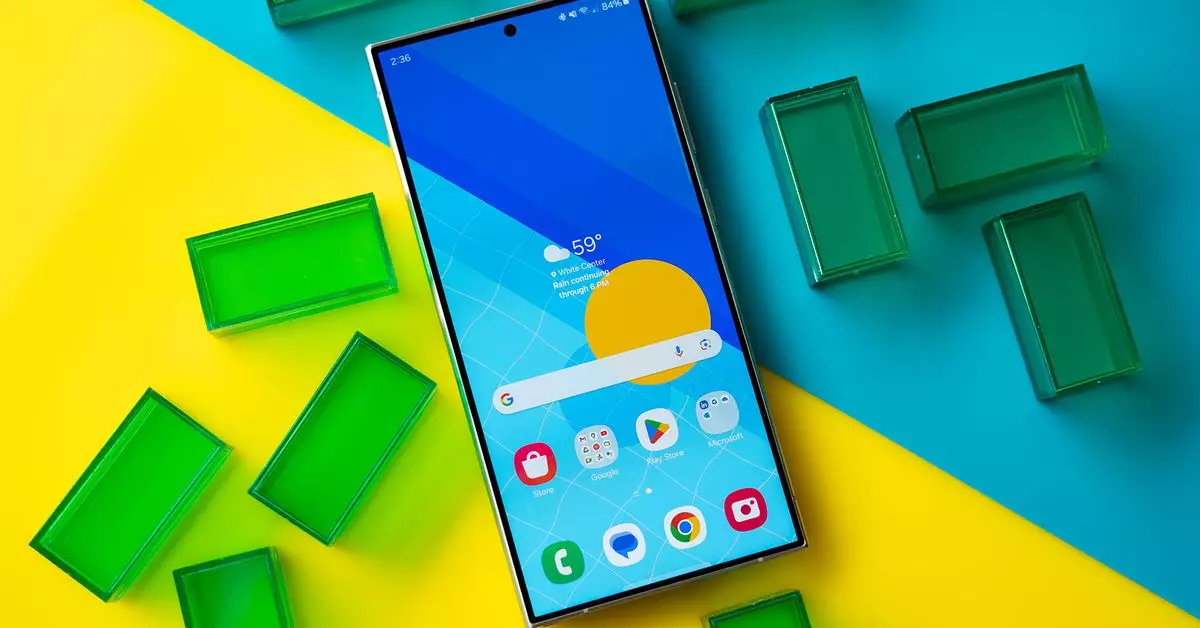Cyber Monday has morphed from a distinct shopping day into a broader shopping phenomenon that transcends a single date on the calendar. Traditionally anchored to the Monday following Thanksgiving in the United States, this year’s edition exemplified the shifting trends in consumer behavior and marketing. With a later Thanksgiving this year, retailers began offering discounts well before the actual day, extending a shopping experience that resembles not just a day or a weekend, but rather a “shopping vibe.” Consumers now enjoy the liberty of hunting for deals at their convenience, similar to how leftovers linger long after the holiday meal.
This gradual evolution hints at a larger shift in how we perceive sales events. The emphasis has shifted away from merely marking a calendar day to creating an ongoing shopping atmosphere filled with irresistible discounts, particularly in consumer electronics and accessories. The concept of Cyber Monday now invites consumers to engage whenever it suits them, a trend that many find appealing as they navigate today’s fast-paced digital landscape.
The vast array of discounted products particularly resonates with tech enthusiasts, especially in categories like mobile photography and telecommunications. Apple has recently improved upon its AirPods Pro, offering a second-generation version that boasts significantly enhanced features: superior noise cancellation, better sound quality, and practical onboard volume controls. Additionally, the introduction of a USB-C charging case marks a significant upgrade over the original design using Lightning. For those tech-savvy shoppers, keeping abreast of the latest innovations becomes just as essential as snagging a great deal.
Among the plethora of discounts, notable mentions include Moft’s flexible Qi2 chargers and deals on OtterBox cases, evidencing the competitive nature of accessory pricing. Companies like Anker and Belkin have also pushed their products to new heights, introducing designs that make usability easier for consumers. The dynamic between charging technology and its integration into daily life showcases just how rapidly the tech industry is evolving.
At the forefront of this year’s Cyber Monday deals were smartphones, featuring enticing trade-in offers. Verizon and AT&T led the charge with enticing promotions on the latest iPhone models, offering steep discounts depending on the condition of the phone being traded in. An iPhone 16 Pro or Pro Max could see up to $1,000 off, representing a significant incentive for potential buyers. Such aggressive pricing strategies underscore a competitive market, with retailers pulling out all the stops to encourage consumer engagement.
Other smartphones generating buzz included Samsung’s Galaxy series, specifically with products featuring significant enhancements like the S24 Ultra. This model stands out due to its stunning display and multi-camera system, designed to cater to today’s visually driven consumers. The Galaxy Z Fold 6 and Z Flip 6 also captured attention, marking Samsung’s strong footprint in the foldable smartphone market with remarkable performance improvements and aesthetic upgrades.
As the smartphone market expands, budget options are increasingly gaining traction. The Galaxy A35 5G exemplifies how affordability and functionality intersect seamlessly. It features a robust IP67 rating for water and dust resistance, making it an ideal companion for the everyday user. Additionally, Google’s new Pixel 9 and its enticing price point demonstrate Google’s strategy to maintain relevance in an increasingly competitive landscape.
Meanwhile, Motorola’s 2024 Razr Plus has sparked interest with refined functionalities and a commendable build, appealing to fashion-focused consumers. Such products illustrate how the divide between high-end and budget-friendly smartphones continues to blur, fostering an environment where consumers feel empowered to make informed choices.
As consumers navigate through an ever-changing shopping landscape, the current Cyber Monday experience illustrates a broader narrative in retail, characterized by fluidity and accessibility. The growing trend of continuous discounts rather than singular events indicates an industry more focused on customer experience and satisfaction.
The convergence of innovative technologies with strategic marketing efforts will likely shape the future of consumer tech. With new gadgets and services consistently emerging, the excitement surrounding sales events like Cyber Monday is expected to continue evolving alongside consumer preferences. As we embrace this “vibe,” shoppers can look forward to a more engaging and rewarding shopping experience, redefining how we connect with technology over time.


Leave a Reply